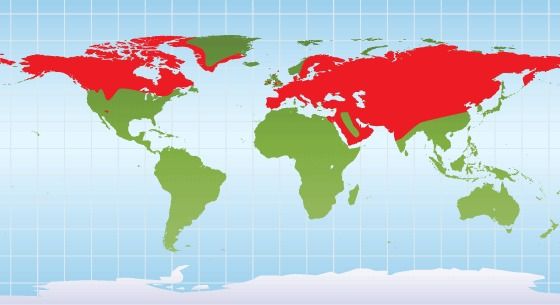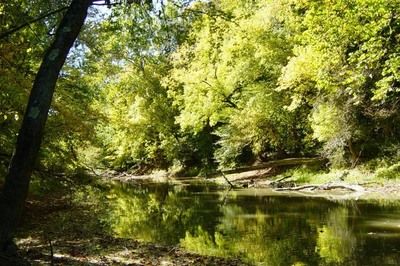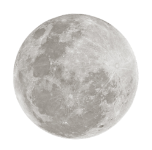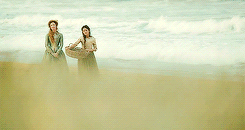The Ancient Whelkon

''Protectors of nature and lovers of life''
Species Information Thread
Welcome
This is the full species information thread of the Ancient Whelkon. Every part of the whelkon both physically and emotionally is explained here, their life and biology inside out showing the true nature of The Ancient Whelkon.
I hope everything is clear and understandable, and that after you read this the whelkon will seem a little closer and a little more real to you too.
|| The Ancient Whelkon Adoptables ||

Contents
▫Basic Information ▫
(Overall summary and Name origin)
▫Biology ▫
(Lifestyle, Origin, Habitat, Diet, Breeding, The Senses, vocalization)
▫Physical ▫
(Anatomy, Size, height and weight, Males vs. Females, Color Tendencies, Antlers, Markings)
▫Psychological ▫
(Overall nature, personality, Animal and instinct, Relationships, Judgement and Opinion)
▫Other ▫
(Antler decorations, Speech, Protecting, guarding and ‘powers’, Rarities)
▫The End ▫
(Final words)

''Protectors of nature and lovers of life''
Species Information Thread
Welcome
This is the full species information thread of the Ancient Whelkon. Every part of the whelkon both physically and emotionally is explained here, their life and biology inside out showing the true nature of The Ancient Whelkon.
I hope everything is clear and understandable, and that after you read this the whelkon will seem a little closer and a little more real to you too.
|| The Ancient Whelkon Adoptables ||

Contents
▫Basic Information ▫
(Overall summary and Name origin)
▫Biology ▫
(Lifestyle, Origin, Habitat, Diet, Breeding, The Senses, vocalization)
▫Physical ▫
(Anatomy, Size, height and weight, Males vs. Females, Color Tendencies, Antlers, Markings)
▫Psychological ▫
(Overall nature, personality, Animal and instinct, Relationships, Judgement and Opinion)
▫Other ▫
(Antler decorations, Speech, Protecting, guarding and ‘powers’, Rarities)
▫The End ▫
(Final words)

















